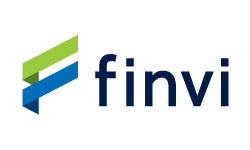Source: site

“As a result, delinquencies have climbed across all personal lending products, with credit cards, auto loans, and lines of credit now solidly above pre-pandemic levels,” the report said.
Borrowing that’s secured by real estate, such as mortgages and home equity lines of credit (HELOCs), have held up better, and their delinquency rates remain below pre-pandemic levels, it noted.
Borrowers with a mortgage also have significantly better delinquency rates on their non-mortgage loans, compared with consumers that don’t have a mortgage.
“On average, for consumers without a mortgage, the delinquency rate across all three types of non-mortgage consumer loans was 2.38% in [the second quarter], compared with just 0.53% for mortgage holders,” it said.
“This stark contrast and widening gap reflect the selection bias inherent in the financial strength of those who are able to qualify for a mortgage, as these consumers have been able to better withstand higher borrowing rates and inflation. Those without a mortgage likely have lower incomes on average and have been harder hit by the higher cost of living, including elevated rents,” the report noted.
Looking ahead, households with mortgages will face increasing financial strains too, as those loans reprice at higher rates — 60% of all mortgages are maturing this year and next — and borrowers with fixed-rate mortgages that are renewing from historically low rates face the biggest increase in payments.
“While the increase will be manageable for most borrowers, particularly given the federal mortgage stress test, some may be unable to bear higher payments, such as lower-income households or those with greater debt burdens like in Ontario and British Columbia where homes are more expensive,” the report said.
Against that backdrop, the labour market is key to the outlook for household credit quality, and lenders’ bottom lines, it noted.
“In our view, any further increases in unemployment would lead to continued and more pronounced deterioration in delinquencies and impairments, and consequently [higher credit provisions], particularly for non-mortgage retail loans,” it said. Lenders that are more exposed to higher-risk borrowers face the biggest threat, it added.




